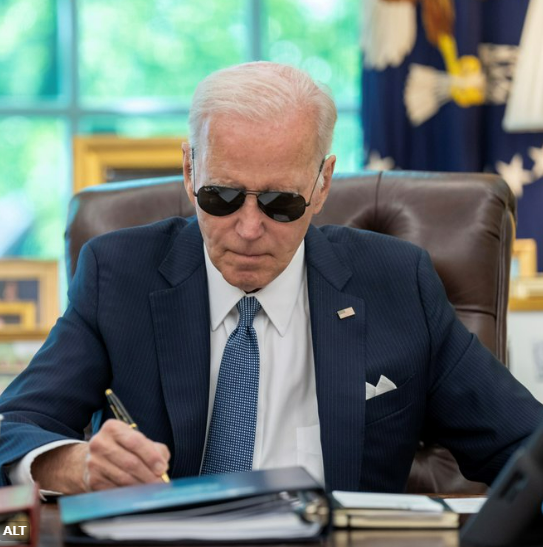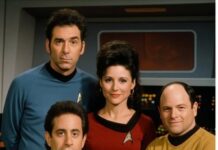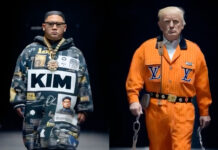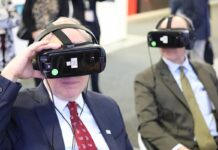A brand may be considered as a set of associations that are elicited by a product or company. For example, when people see the Apple company logo certain associations come to mind be it “slick design”, “innovation” or “expensive”. The logo of the clothing company H&M elicits a different set of associations including “young”, “affordable” and “trendy”. In this regard a branding campaign may be viewed as an attempt to manage those associations that a brand elicits. A branding campaign can seek to strengthen positive associations, weaken negative associations or create new associations.
This is also true of nation branding campaigns where a nation is branded, as opposed to a consumer product. The reason being that nation states also elicit cognitive associations. Germany for example may be associated with “beer”, “precision engineering” and the legacy of WW2. France, on the other hand, could be associated with “fine cuisine”, “art” and “philosophy”. In the wake of the 2014 Brexit Referendum, the UK sought to strengthen existing associations through the “Great” Britain branding campaign. Posters and social media posts reminded people that “Shakespeare is Great”, “Harry Potter is Great” and even “Bond is Great”. This campaign sought to remind people that Britain was more than Brexit, and that it would continue to be “Great” even after exiting the EU.
Finally, politicians are also brands, whose associations can be managed. Consider for example the election advert below for the re-election of Ronald Regan in 1984. The video seeks to associate Reagan with key tenants of the “American Dream” including a house with a white picket fence, the promise of employment and upward social mobility and the American flag. Even the phrase “It’s morning in America” suggests to viewers that under Reagan the “American Dream” will become a reality. Yet the video also associates Reagan with conservative values including marriage, strong family ties and civic duty manifested by Firemen.
In the digital age, political branding is complicated as numerous actors may seek to create associations for politicians. Donald Trump, for one, is using social media to strengthen the association between Joe Biden and “old age”. Trump routinely mocks Biden online calling him “Sleepy Joe”. Conservative news channels, such Fox News, echo this sentiment, sharing visuals of the President “falling asleep on the job” or “tripping on the stage”. Social media users are also creating viral content that strengthens this association including videos comparing how the two Presidents walk up and down the stairs of Air Force One.
The example of Joe Biden is important as it demonstrates how the associations elicited by a politician can be impacted by diverse digital actors. Notably, the association between Biden and old age already exists as the years have left their mark on the President. Yet Trump, Fox News and average social media users are attempting to cement this association in the minds of voters and ultimately convince Americans that Biden is not fit to be President. Given that politicians are both national and global brands, and given that the US President oversees America’s foreign policy, Biden opponents argue that he is also too old to lead America on the global stage. Trump himself suggested that leaders such as China’s President Xi discount Biden and view him as a frail, fragile old man. This view, according to Trump, emboldens China and leads it to adopt a more adversarial stance opposite the US.
Last week, the Biden campaign and the White House decided to launch a social media campaign aimed at weakening the association between Brand Biden and old age while at the same time strengthening the association between Biden and economic growth. To this end, a set of images were published on Biden’s Twitter account and that of the White House. One of the images, shown below, tries to obtain both goals at the same time. The topic is economic, specifically low unemployment under Biden, but the image is clearly not that of an old man unfit for office. On the contrary, the image is one of youthfulness and playfulness as the President wears his signature black “shades” while sitting at the executive desk hard at work.
In another short video, Biden is seen speaking to a crowd of potential voters. He is lucid, clear and even authentic using the word “damn” to argue that America has the strongest economy in the world. Biden is, after all, also associated with having a big mouth that often lands him in trouble. This video again is not that of a frail old man but of a spirited President speaking with authority, greeting voters and moving freely from one topic of conversation to another.
A third picture, shown below, again focuses on the economy as well as the theme of progress and “moving forward”- something that old people with limited mobility struggle with. The President easily walks alongside his much younger vice President while the image is overflowing with lush greenery, a reference to life and vitality not old age. The image conjures the phrase “Youth spring eternal”.
The final image, shown below, again discusses Biden’s record-breaking economic success. The President is not dressed in the official black and white suite but wears a more casual blue cardigan. The color palate is dominated by the blue color with blue often signifying inspiration and wisdom.
In these tweets the Biden campaign uses the same social media content to obtain two opposing goals- strengthen the association between “Biden” and “Economic success” while weakening the association between “Bidne” and “Old Age”. Crucially, nation states can also adopt this strategy using a single campaign, and set of visuals, to manage several associations. Such an approach is especially useful as it requires fewer resources and less content. One nation that has adopted this approach is Ukraine which is using social media to create a new association between “Ukraine” and “Bravery” while also weakening the historic association between “Ukraine” and “Russia”. Consider the image below that obtains both these goals in a single tweet. By managing the associations that they elicit nation states can improve their image, bolster their international standing, and obtain foreign policy goals, such as increasing support for the brave Ukrainians fighting a brutal Russian invasion.




 :
: 









